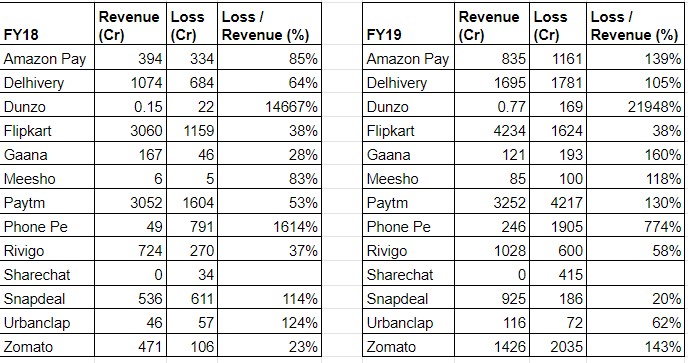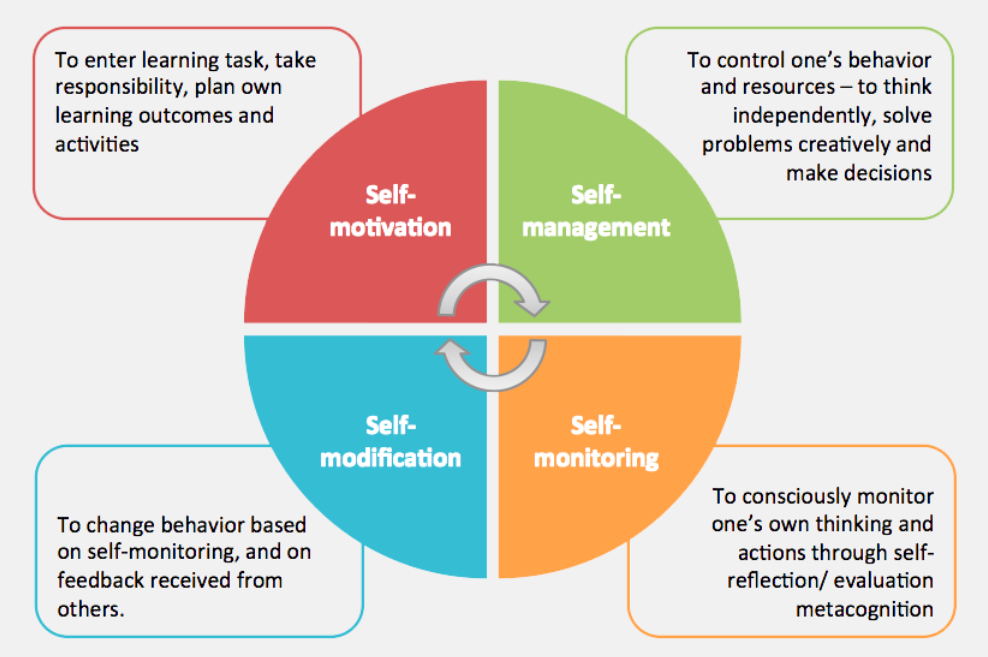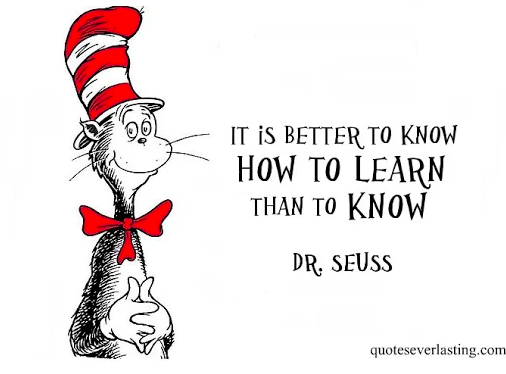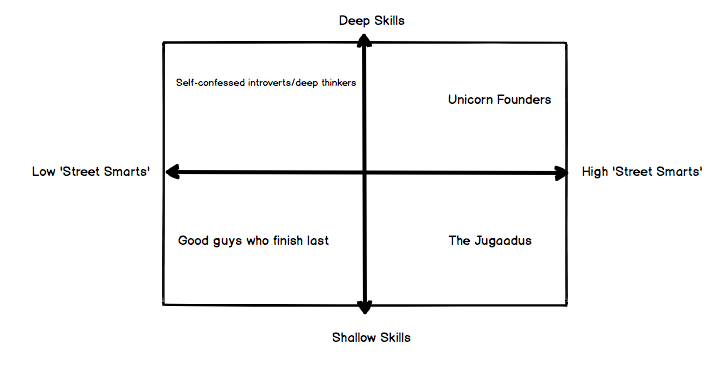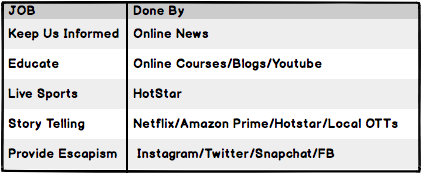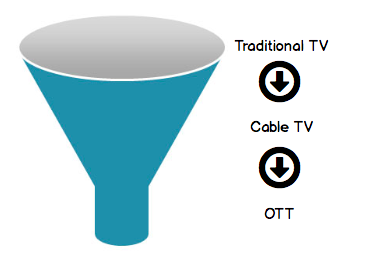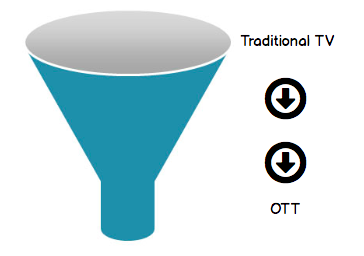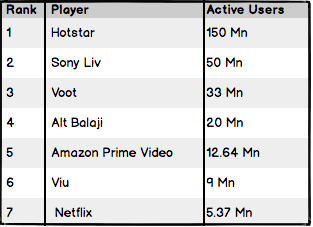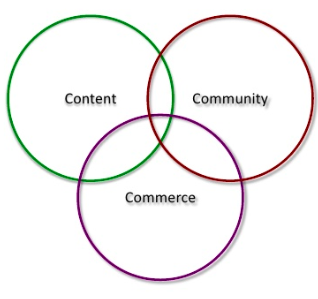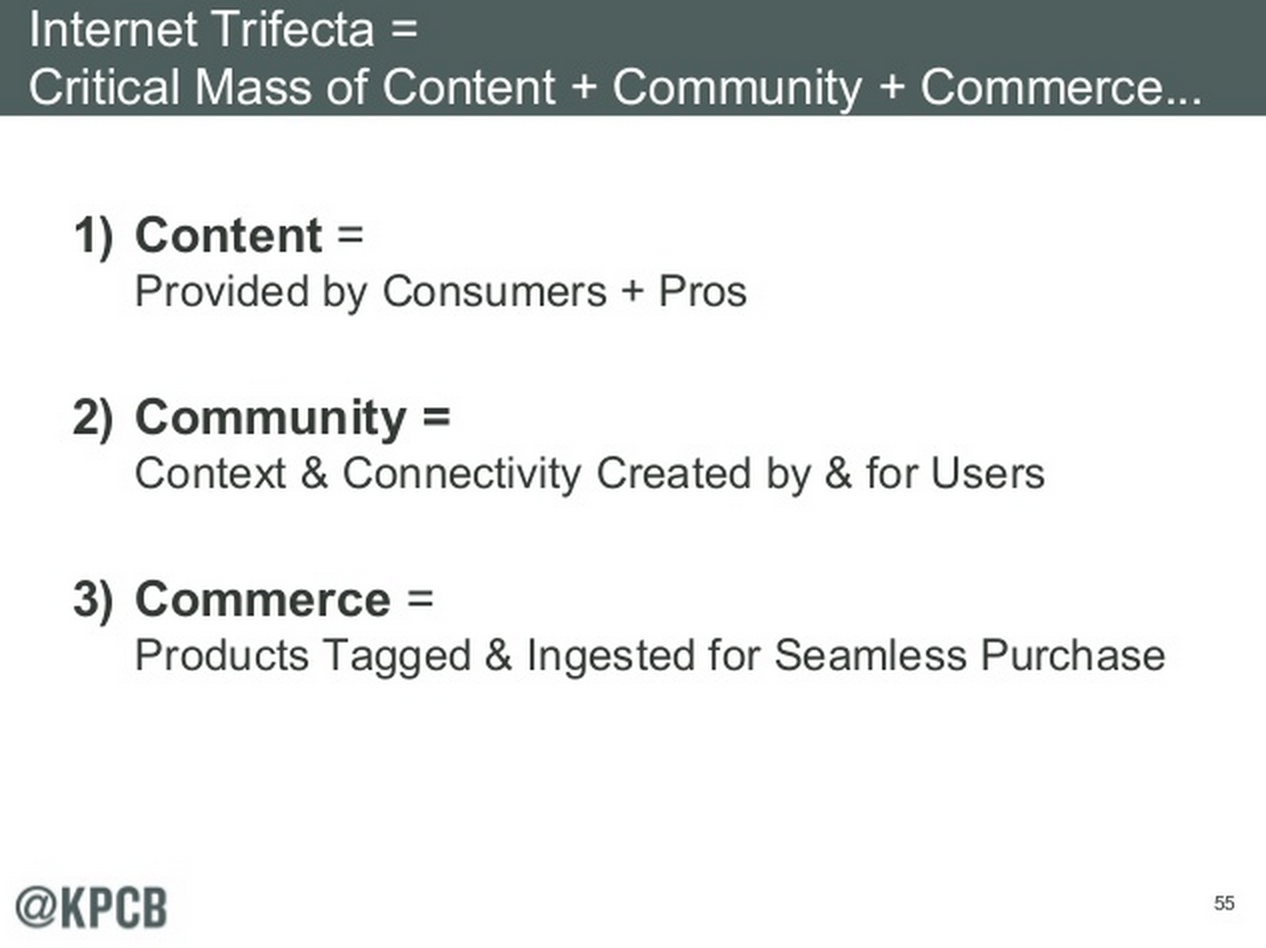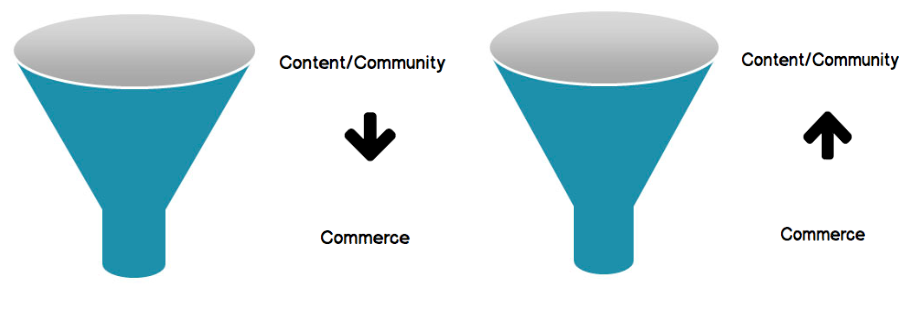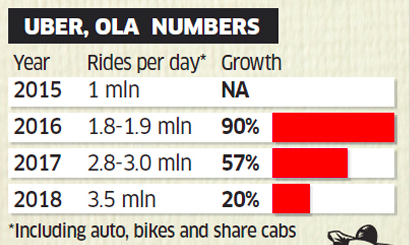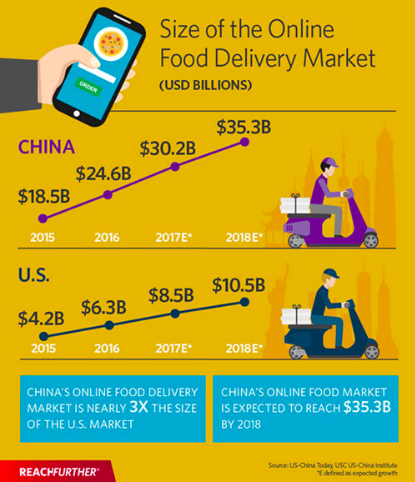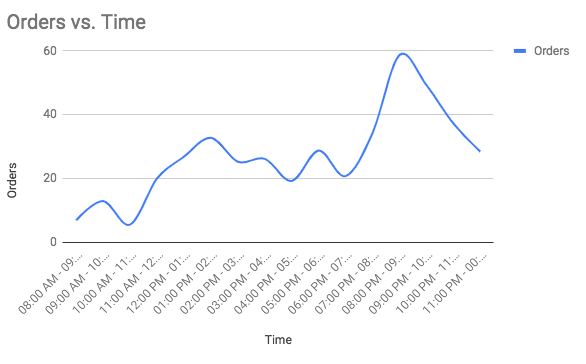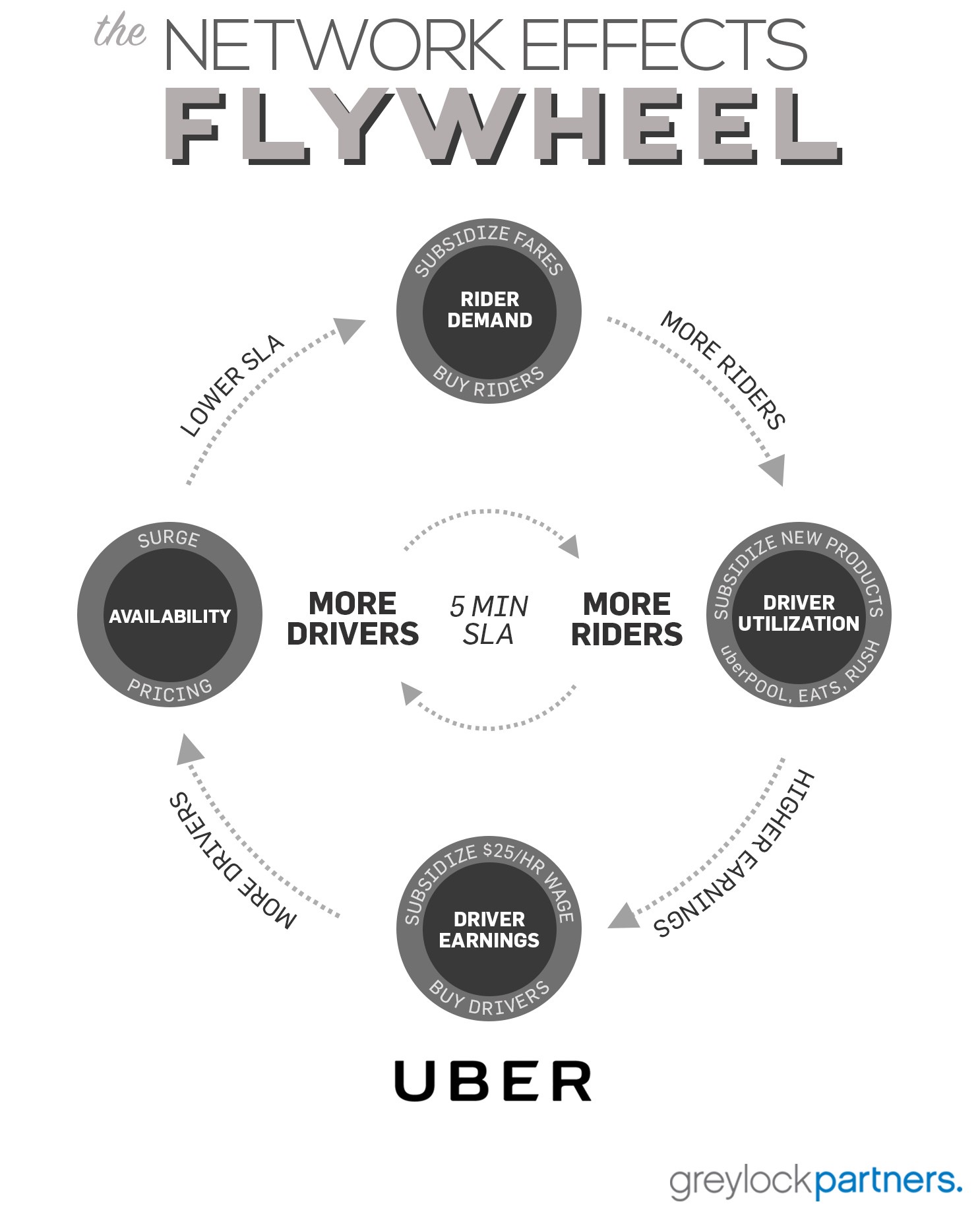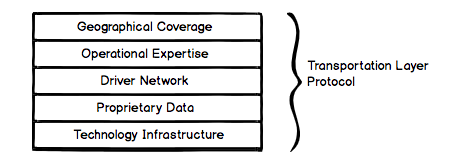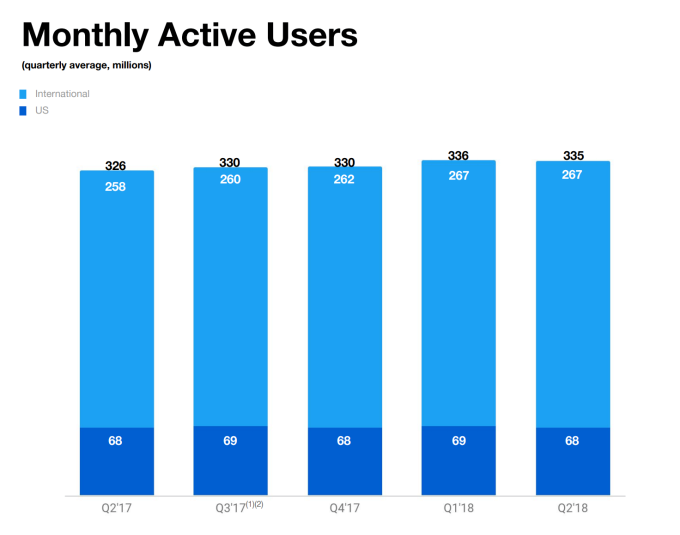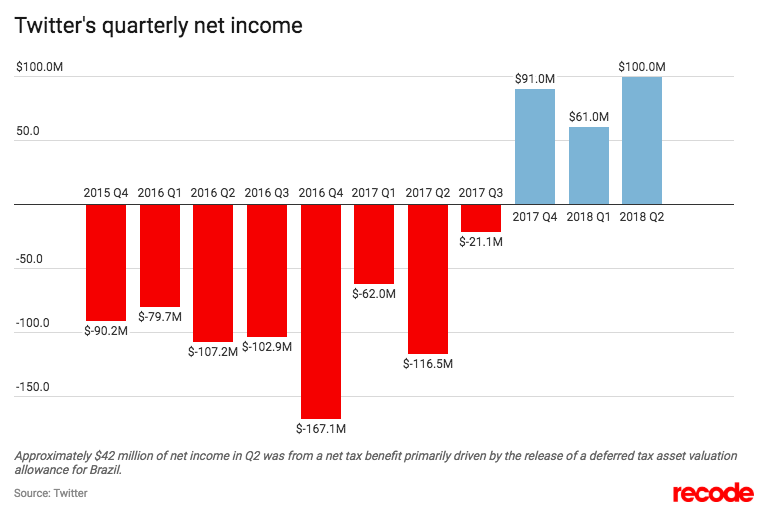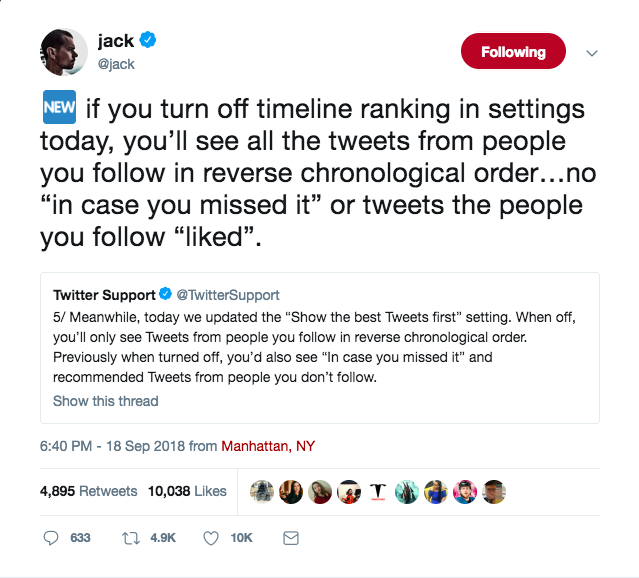Tis the Season of Reflection.
As the year draws to an end it is the perfect time to reflect on the learnings and share them. Here are my key learnings turned guiding principles from the year that went by
Guiding Principles of 2019
- Live in the present
- Become Better Everyday
- Make Concentrated Bets
- Increase Optionality
Live in the Present

A friend once told me “Unhappiness comes from Conflict“, simply put, when you desire X but are stuck with Y. While we all want multiple things to happen/get better simultaneously, the only way to stay peaceful is to accept your present situation and adjust your life around it.
Our lives are made up of multiple phases across dimensions of family & friends, career and personal life that are ever changing. Each phase would have a few key events that would lead to highs/lows across different dimensions.
All phases of life give you an opportunity to focus on some aspect/dimension of your life and it’s best if we use that time to do just that, focus on what’s right in front of us (and not fret too much about the rest).
A good question to often ask yourself, “What should I be optimizing for?”
I cut down on reading, movies, travel, socializing etc and 2019 for me was about mostly focusing on the new baby and the new job.
Become Better Everyday
Successfully Implemented by Dave Brailsford & popularized by James Clear, the idea that tiny changes sustained over a period of time compound massively.
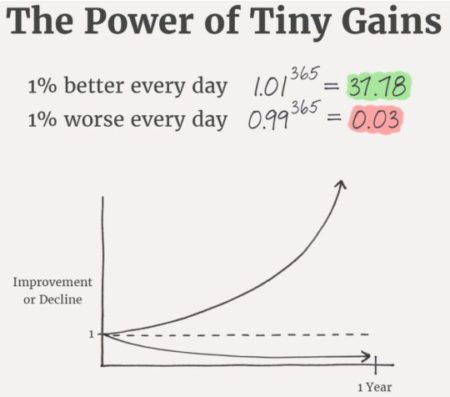
The whole principle came from the idea that if you broke down everything you could think of that goes into riding a bike, and then improved it by 1%, you will get a significant increase when you put them all together – Dave Brailsford
The power of compounding married with the fact that there’s as much (if not more) life ahead of us as is behind builds a really strong case to become a much better version of yourself. Bonus, being better improves lives of others around you.
I tried to follow this rule and ensure that I make almost every day count by exercising (Cult, Ahoy!) / writing / learning something new.
Make Concentrated Bets
While conventional wisdom says that diversification is the key to investing success, some of the best investors, like Warren Buffett & George Soros have spoken about the virtues of making concentrated bets.
Wide diversification is only required when investors do not understand what they are doing – Charlie Munger
Be it investing, career or relationships, most gains are to be made by focusing on few things and giving them all the effort (think Power Law). I’ve seen quite a few people trying to spread out too thin and not achieving anything substantial. I feel it makes sense to focus your energies on limited ideas & people and double down on them
Caveat: Avoid Ruin
PS: It’s quite likely that investing more time/effort on your career/startup will yield bigger returns than stocks/mutual funds etc.
Increase Optionality
Optionality in investments refers to the right to do something, but not necessarily the obligation to do so. Just like in investing you can build optionality into your life and exercise them for better outcomes. Collecting high-quality options is the equivalent of unlocking doors that open up to new possibilities.
While on the surface this might look conflicting to the above mentioned point of being concentrated, in reality they work best together. Optionality in asymmetric bets (limited downside, high potential upside) across domains can be built with just small % of resources (time/money etc).
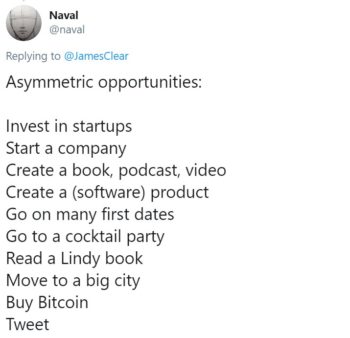
Few things I did to increase optionality
- Meet New People & reconnect with old acquaintances – Increases Serendipity that opens up opportunities
- Take up chances to expose myself to new ideas & experiences – Gives you new perspectives that might have a big impact
- Watch my Spends & Avoid Debt – Better personal financial management enables risk taking/bigger bets
- Being conscious about & working on my health/fitness – Better health allows you more freedom of choices in certain areas of life.
Wishing you all a wonderful and enriching 2020 🙂
